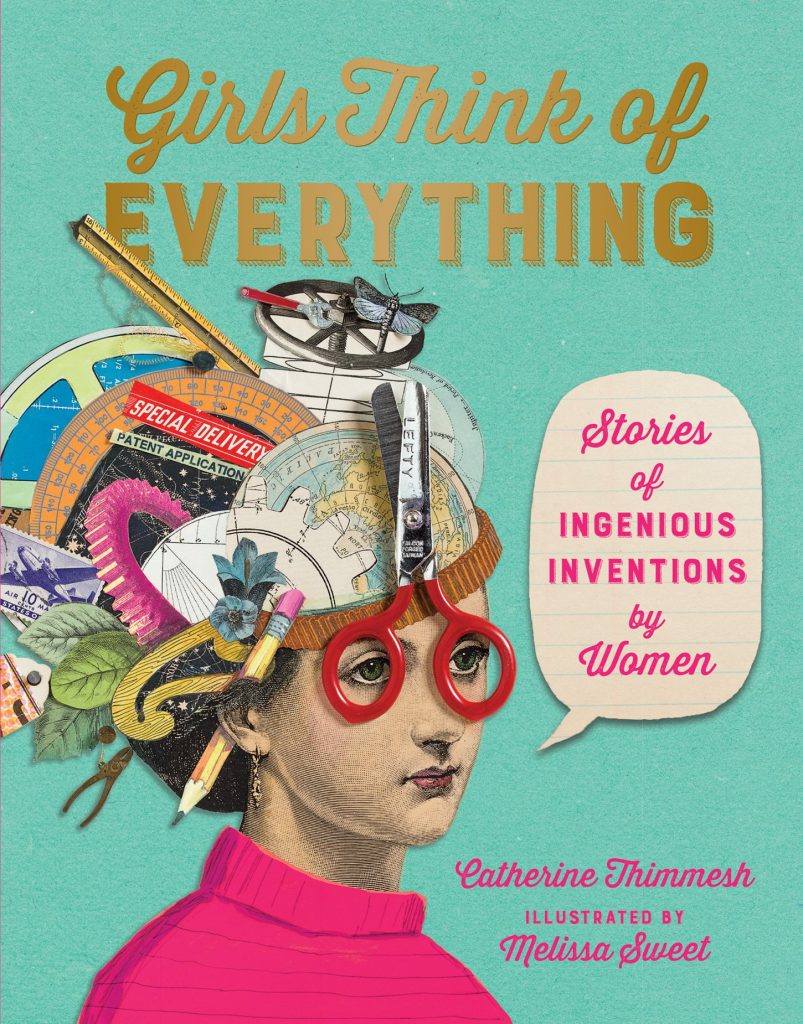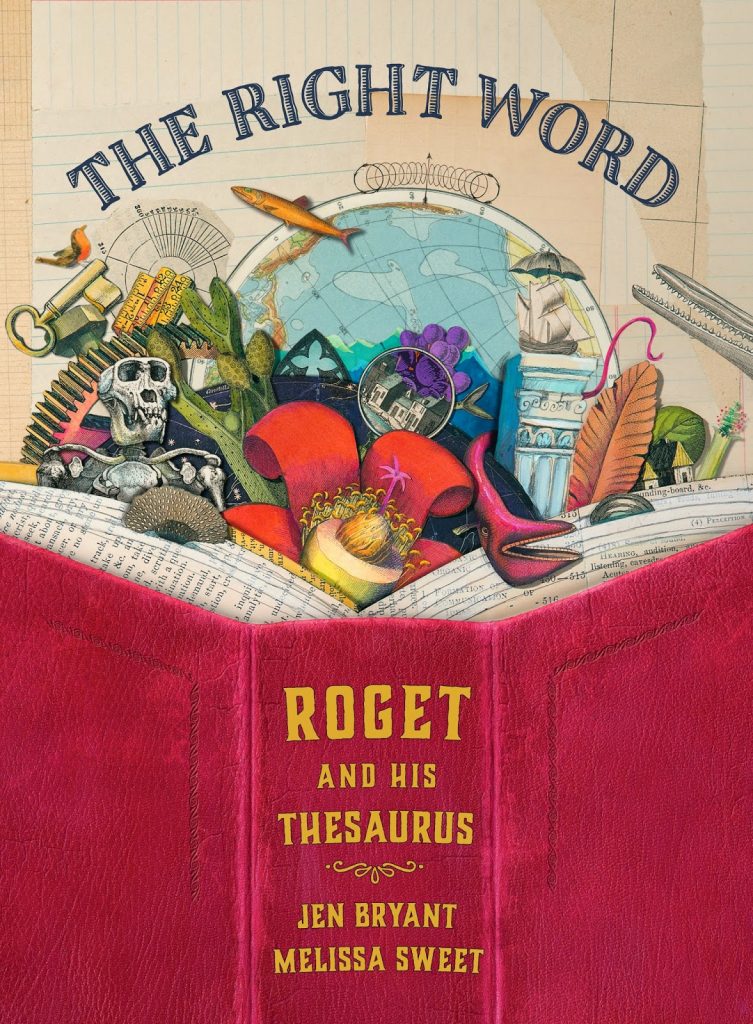
BIBLIOGRAPHY
Fleming, Candace. The Rise and Fall of Charles Lindbergh. New York: Schwartz & Wade Books, 2020. ISBN 9780525646556
PLOT SUMMARY
The title says it all: The Rise and Fall of Charles Lindbergh is about one man’s great triumphs—among them, his nonstop flight from New York to Paris—and his great flaws—among them, his belief in eugenics and a master race. Fleming takes her readers through Charles’s strange childhood, his short-lived college stint, and his pilot training. After graduating at the top of his class, Lindbergh heard about the race to get from New York to Paris and knew his plane could do it. With luck and incredible endurance, Charles and The Spirit of St. Louis made their historic flight across the Atlantic, the nation going wild for the “flying kid.” From then on, Charles was swarmed by tabloids. His wedding was carried out in secret, but his honeymoon was interrupted by intrusive reporters. When his young son was kidnapped and held for ransom, the press ran amok on his property. The Lindberghs finally fled to England to escape, but while there, Charles became even more enamored with Germany and eugenics. Returning to America, he became the voice of America First, opposing American involvement in World War II and supporting eugenics and anti-Semitism. For the rest of his life, Charles was both admired and detested by Americans and the world at large.
CRITICAL ANALYSIS
Candace Fleming has already proved that she’s well-versed in nonfiction stories for kids and teens with titles like Family Romanov, a Robert F. Sibert honor book; Amelia Lost, an ALA Notable Children’s Book; and The Lincolns, winner of the Boston Globe–Horn Book Award; and over 25 other informational books. The Rise and Fall of Charles Lindbergh, the 2021 YALSA Award winner, is another exceptional piece of writing. Not only is Fleming’s biography engaging and easy to read, but it’s also sprinkled with the genuine voices of its protagonists. Her abundant use of authentic, raw journal entries from both Charles and Anne allow their personalities to leap from the page, creating an intimate picture of two very real, very flawed individuals. Photos, an extensive bibliography organized into primary and secondary sources, detailed source notes for all thirty-three chapters, and a thorough index provide readers with a wealth of resources that many teens will undoubtedly feel compelled to use to learn more about this fascinating, sometimes shocking character.
But Fleming does more than merely write a story to shock her readers. Anyone looking for a nuanced perspective on a very complex man will find it here in the pages of The Rise and Fall of Charles Lindbergh. Fleming deftly paints a picture of the man who is neither solely the hero celebrated by America after his historic flight nor the villain decried by that same America after his infamous America First speeches echoed from radio stations across the nation. Nuance is so often lost in the human race’s inherent eagerness to categorize historical figures as either “good” or “evil.” Yet Fleming never gives in to this urge, staying ever faithful to her multifaceted approach of this complicated man, capable of both great love (stopping at nothing to save his infant boy) and terrible hatred (stopping at nothing to promote eugenics in America). Fleming invites readers to explore Lindbergh’s complicated life, to see both the bad and the good—ignoring neither—and to think critically about both. Controversial and vibrant, Charles Lindbergh comes alive in Fleming’s unforgettable biography. This book deserves be added to every library collection.
AWARDS AND REVIEW EXCERPTS
Winner of the 2021 YALSA Award for Excellence in Nonfiction for Young Adults
Publisher’s Weekly Best Children’s Book of 2020
Booklist Book Review Star, 2020
From Booklist: “Fleming places, in his historical context and ours, a man of intense contradictions. Absorbing and distressing in turns, this utterly prescient capture of a life and the lives it influenced is essential in classrooms and for history buffs alike.”
From Publishers Weekly: “A compelling biography of a flawed, larger-than-life man.”
CONNECTIONS
- Provide a brief introduction to The Rise and Fall of Charles Lindbergh and other young adult aviation stories, such as the following:
- Wein, Elizabeth. A Thousand Sisters: The Heroic Airwomen of the Soviet Union in World War II. ISBN 9780062453013
- Sheinkin, Steve, and Bijou Karman (illustrator). Born to Fly: The First Women’s Air Race Across America. ISBN 9781626721302
- Waters, Eric. Fly Boy. ISBN 9780143176305
- Along with The Rise and Fall of Charles Lindbergh, show teens young adult materials about the Lindbergh family, such as the following:
- Bryant, Jen. The Trial. ISBN 9780375827525
- Haddix, Margaret P. Revealed. ISBN 9781416989868
- Anne Morrow Lindbergh: You’ll Have the Sky. PBS Documentary: 2016. Susan Wallner (director).
- Read a short bio about Candace Fleming, the author of The Rise and Fall of Charles Fleming. Then set out a display of other young adult books by Fleming for teens to browse.
- Fleming, Candace. The Family Romanov: Murder, Rebellion, and the Fall of Imperial Russia. ISBN 9780375867828
- Fleming, Candace. Amelia Lost: The Life and Disappearance of Amelia Earhart. ISBN 9780375841989
- Fleming, Candace. The Lincolns: A Scrapbook Look at Abraham and Mary. ISBN 9780375836183
- Put out a display of all the 2021 YALSA Nonfiction Award finalists. Then allow teens to vote on their favorite title and hold an awards ceremony for the favorite nonfiction pick.
- Soontornvat, Christina. All Thirteen: The Incredible Cave Rescue of the Thai Boys’ Soccer Team. ISBN 9781536209457
- Sabic-El-Rayess, Amra, with Laura L. Sullivan. The Cat I Never Named: A True Story of Love, War, and Survival. ISBN 9781547604531
- Rocco, John. How We Got to the Moon: The People, Technology, and Daring Feats of Science Behind Humanity’s Greatest Adventure. ISBN 9780525647416
- Rusch, Elizabeth. You Call This Democracy?: How to Fix Our Democracy and Deliver Power to the People. ISBN 9780358387428
*Note—This book review was created as an assignment for a course at Texas Woman’s University.

